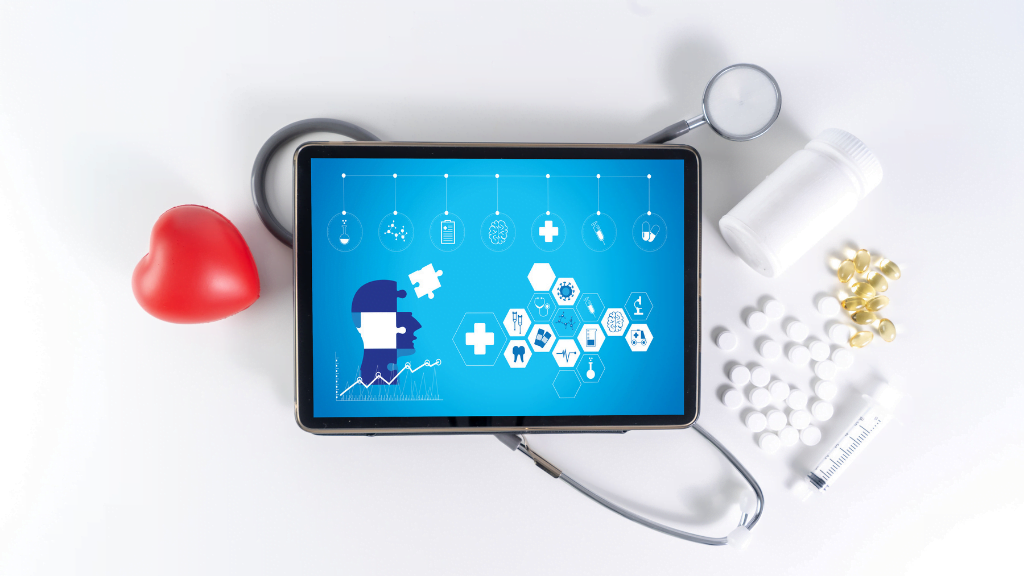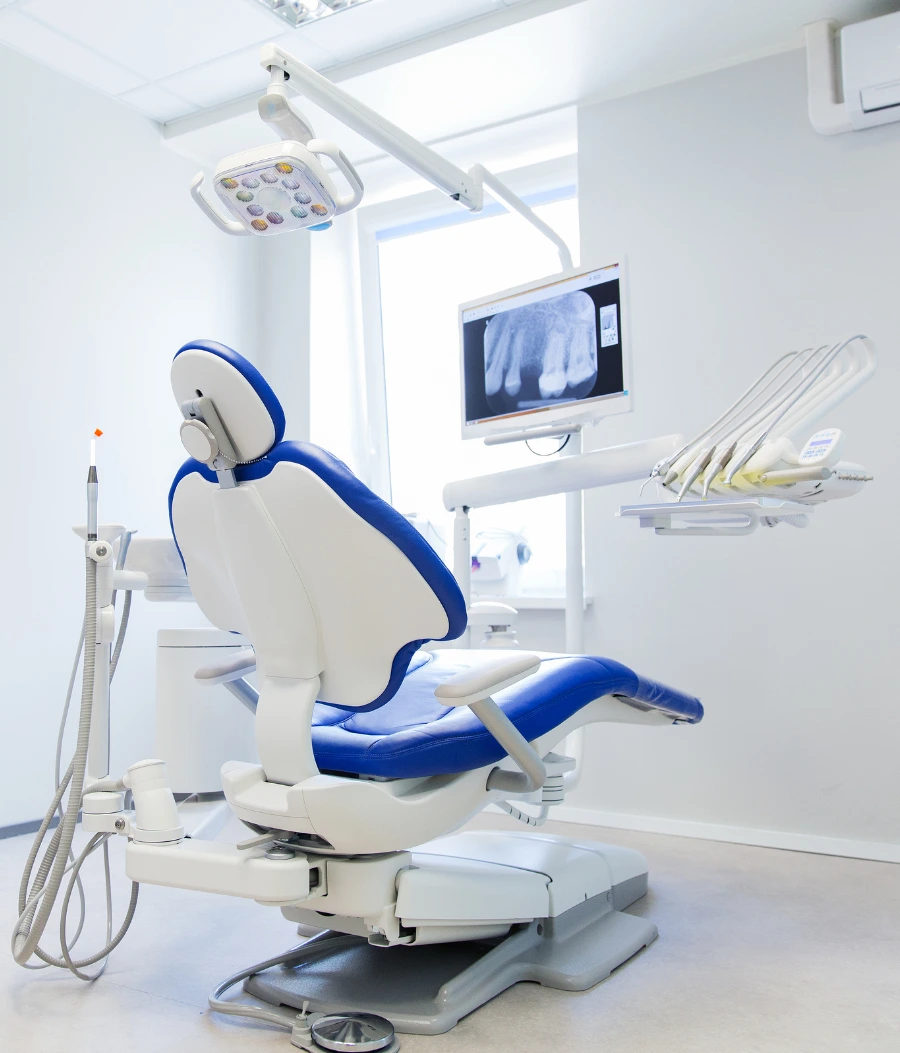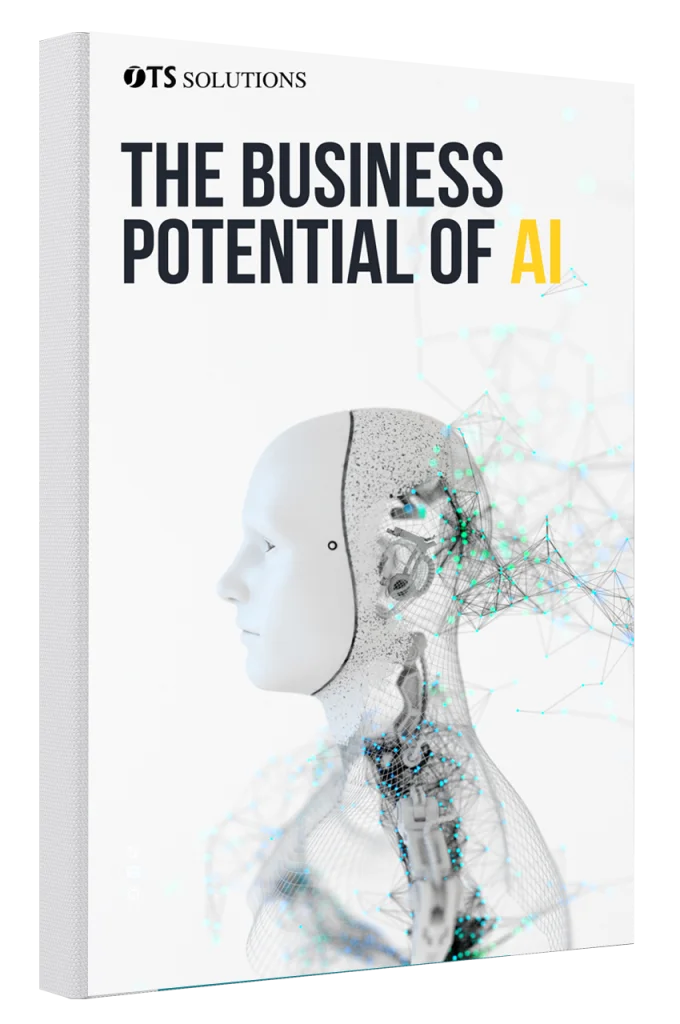10 Key Trends of Digital Transformation in Healthcare in 2023
Technology has proven important in maintaining the healthcare industry’s resilience in the face of so many obstacles. The healthcare business has embraced numerous technology-based solutions to increase productivity and streamline clinical procedures. The growing use of technology in the healthcare sector is inevitable because technology provides accessible solutions to all current challenges.
Clinics that use cutting-edge technology will continue to thrive as intelligent systems evolve. The next few years are expected to see the widespread adoption of new technology in healthcare. For 2023, our experts have outlined some healthcare digital transformation trends that they feel will assist healthcare professionals continue to provide high-quality treatment for all of us.
When it comes to healthcare, what does “digital transformation” mean?
Many recent technological advancements and breakthroughs have been dubbed “digital transformation” for their potential to improve healthcare operations in significant ways. At the heart of this shift are AI (Artificial Intelligence), ML (Machine Learning), IoT, and other cloud-based technologies.
Modern technical advancements in healthcare have made it possible to quickly handle critical medical data, medical records, pharmaceutical orders, and other data. There has been a tremendous impact on the advancement and accessibility of healthcare technology through Internet of Things (IoT) devices, wearable gadgets, and real-time medical data monitoring. New business models and productivity gains can be achieved by using modern technology.
Digital Transformation in Healthcare: Emerging Patterns
Monitoring of Patients using Telemedicine
Seeing a doctor in person is no longer necessary thanks to advances in telemedicine. Because of the advancements in electronic device technology and software, video and audio appointments can be held on various internet-connected devices. No matter what your situation, telemedicine is there for you. Whether you’re at home on vacation, at work, or aren’t sure whether you need an in-person visit, the service is always available to you at your convenience.
Telepsychiatry, Tele oncology, Tele obstetrics, and Telerehabilitation are just a few of the many services available through telemedicine. It provides patients with easier access to care and more specialists to choose from. Consequently, the number of telehealth patients is on the rise.
The intelligence generated via Machine Learning
There are numerous advantages of using artificial intelligence in healthcare, including speedier diagnosis, and reading test results (150 times faster than a human), determining the most effective pharmaceutical formulations and preventing identity theft. There are also significant cost savings linked with artificial intelligence in health care.
Decision-making, information processing, precision, efficacy, and diagnosis speed can all be improved by using artificial intelligence. In this way, doctors would be able to treat their patients more effectively and more efficiently by taking the appropriate approach to each patient. In addition, pharmaceutical businesses can generate more effective drugs and improve medical research and experimentation using machine learning.
AR/VR
Just a decade ago, the use of augmented and virtual reality in healthcare was deemed science fiction. Nobody had any idea what it could do for them in the near term.
Healthcare practitioners can now experiment with novel ideas and procedures before implementing them. Researchers and doctors can use accurate 3D modeling of human organs and tissues to test procedures before administering them to patients.
Animal testing can be reduced, and human clinical trials can be expedited using AR and VR (Virtual Reality) technology, referred to as “virtual patients” or “organs-on-a-chip.”
Additionally, the utilization of virtual reality and augmented reality can be employed in the treatment of phobias, addiction, other mental health issues, rehabilitation, and wound care. Healthcare apps that use virtual and augmented reality are constantly improving and could lead to a significant breakthrough in the field.
IoMT and wearable technology.
Healthcare is poised to benefit significantly from the proliferation of the IoT. When a group of internet-connected medical devices creates an IoMT, they’re making a new subset of the Internet of Things (IoT). Patient data is sent through strategic touchpoints to these devices, often controlled remotely via software and associated infrastructure. Patients’ vital signs, such as blood pressure, temperature, blood sugar, and electrocardiograms, can be tracked using this method.
The IoMT is helpful in rural and isolated places and for people who cannot see their healthcare providers. Because of modern technology and data integration, patients can now receive high-quality, convenient care from the comfort of their own homes.
Blockchain
The application of blockchain technology in the healthcare industry is constantly being explored, as the availability and integrity of information in medicine are crucial. Everyone allowed access to patient records would be able to access them quickly and securely.
Innovations in healthcare technology, such as those we’ve been discussing, will profoundly impact the industry for years to come. JumpGrowth keeps an eye on the present situation and is delighted to contribute to the digital revolution by developing our products and delivering solutions to our clients. Specifically for the healthcare industry, we have developed two medical apps for physicians to access patient clinical images.
Chatbots
Some industries, including finance and retail, already use chatbots, but healthcare is just getting started. Even though it’s still in its preliminary stages, a good start has already been made. Chatbots are predicted to be worth $1.25 billion in the United States by 2025, according to Statista’s market analysis.
Health care chatbots can be divided into two categories: those designed just for patients and those designed to connect patients and doctors. In contrast to the first type, which is a fully automated system that delivers evidence-based responses and polite reminders, the second type includes human-to-human communication, when necessary, may communicate medical test results, and acts as an assistant for scheduling appointments.
Twins in the Cloud
Digital twins serve as a link between the digital and physical worlds, allowing for the creation of dynamic, perfect replicas of real-world objects. Healthcare professionals can use digital twins to perform safe experiments and assess the effects of potential alterations to a living entity, such as the human body, in their work. Healthcare IT providers can change from using non-living things to creating machine-created living beings thanks to advances in technology.
For even more advanced outcomes, digital twin technology is combined with machine learning and AI. This gives researchers a better understanding of the human body and its responses to various interventions, resulting in fewer medical errors and better care.
On-Demand Computing
All patient records kept on paper will be obsolete in the future, and that day is rapidly approaching. Using cloud computing, healthcare facilities and practitioners can better allocate resources and improve their services by outsourcing this information to cloud service providers.
Another benefit of cloud computing is its ability to protect your data. Medical information is 10 times more valuable on the black market than credit card data, according to Maintel’s head of security.
Health care can be delivered instantly via 5G mobile technologies
While keeping one’s health close at hand, the distribution of medicine will improve as wireless technology improves. Qualcomm’s 5G enhanced Mobile Broadband (eMBB) is widely expected to be the driving force behind the upcoming mobile industry revolution.
With speeds up to 100 times higher than a typical mobile connection, experts predict that this innovative technology will revolutionize healthcare and save as much as $650 billion (about $2,000 per person in the US) by 2025.
Let me show you how.
According to Qualcomm, streaming, downloading, and uploading will all be quick thanks to 5G. Patients using telemedicine will benefit from greater video conferencing quality, regardless of where they are. In addition, doctors will have access to real-time imaging of organs, soft tissue, and bones, dramatically reducing the chance of misdiagnosis.
Because of the present network bandwidth, doctors must wait for hours to send massive imaging data to specialists. Transmitting medical data will only take a few minutes once hospitals have switched to 5G networks. And that’s just a fraction of what 5G can do for healthcare shortly.
“A new level of user experience can be achieved by integrating 5G technology with technologies like artificial intelligence and XR,” adds Qualcomm.
Here are some real-world case studies to get you started:
- Clinicians could soon travel to virtual surroundings and perform robotic procedures using ultra-reliable connections.
- First responders may use augmented reality (AR) glasses to communicate with specialists in other parts of the world and “show” them what they see.
- Virtual reality headsets could potentially be used for medical teaching, allowing trainees to practice complex surgery at their own pace using virtual reality headsets.
- Drones equipped with 5G might carry life-saving medicine or medical devices to rural people. At a Swedish university, defibrillators are already being delivered to cardiac arrest sufferers using drones under trials.
The wearable medical device sector, on the other hand, is poised for the most upheaval from 5G. Due to poor network speeds and unpredictable connections, remote monitoring technology has not reached its full potential. Patients’ vitals and physical activity levels can be gathered instantly from various sources by clinicians using 5G, making it possible for them to make accurate diagnoses in a fraction of the time.
There will be fewer people who develop chronic illnesses due to this type of care, which means less money will be spent treating them in hospitals or emergency rooms. This year, 5G will play a significant role in healthcare, and patients will be the first to benefit. The first 5G data cards and 5G smartphones hit the market in 2019 and have been available since then.
It’s all about big data.
Big data can be used in many ways in the healthcare industry, from preventing epidemics to generating a patient’s full personal record and gathering family medical history for predictive analysis to reducing medical expenditures for patients and healthcare institutions alike. Big data may do wonders for the healthcare industry when used with AI-based technologies and enough information resources.
By incorporating business information into healthcare, we can both increase financial returns for providers and improve the quality of care that we can offer our patients. Healthcare organizations can use analytics to minimize costs across the board, identify savings or investment opportunities more quickly, and better understand their financial situation.
It is possible to detect deterioration in patients using predictive analytics, which can analyze a much wider set of health data than humans can. Patients’ behavior patterns can be predicted, novel treatments for illnesses can be suggested, and areas of the institution in need of renovation or investment can be identified.
The Future of Healthcare Innovation
As the year 2023 progresses, advances in healthcare technology will be made in all areas. Threats are constantly evolving, and the best approach to dealing with them is through prevention rather than reaction. Artificial intelligence, machine learning, and extended reality will continue to improve the quality and efficiency of care.
You must consider both time and money when making decisions about modernizing your healthcare company. You must work with a group of android developers who clearly understand your goals and requirements.
Conclusion
Thanks to cutting-edge technologies, patients can benefit from more individualized healthcare environments, while healthcare practitioners can use these tools more efficiently because of recent technological advancements. Healthcare organizations can build a digital platform to build modern technologies by integrating disparate sources of medical data, such as social systems, financial resources, home care, and self-care monitoring.
By using this improved data, advanced analytics and artificial intelligence can provide insights to patients and their caregivers. Using wearable IoMT devices with digital therapies and remote care alternatives, patients who reside in rural areas or need higher care levels but cannot stay in a facility can have better access to treatment.
The human aspect is just as crucial as technology in the healthcare industry’s digital revolution. Improve patient-provider connections, encourage organizational change, and raise employee engagement using modern technology.
OTS Solutions is inspired by the evolution in the healthcare business. We contribute to support the adoption of such ambitious technologies in the industry. Please feel free to reach out to us if you have any questions or concerns.
Need Help With Digital Solutions?
Our experts can help you in developing your next world-class softwares.








